A Guide to Higashiyama: The Old Town Kyoto

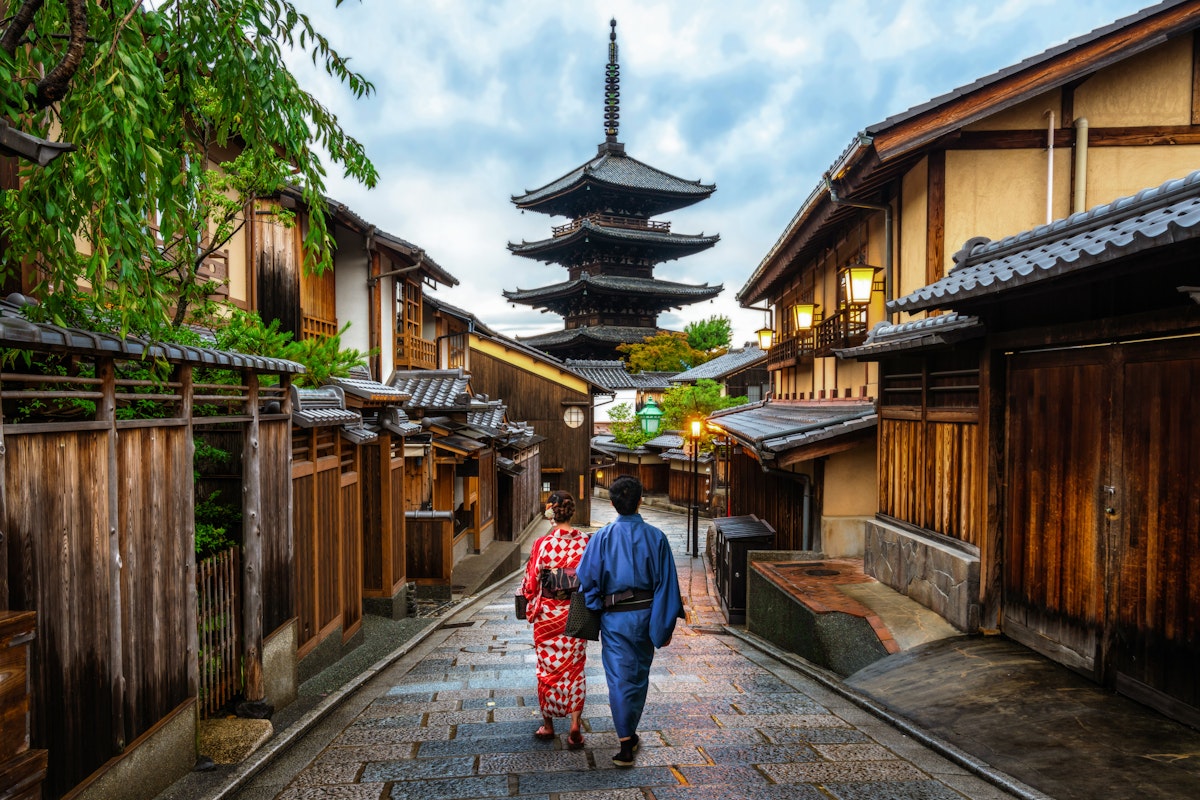
Higashiyama is a historic district in Kyoto located on the city's eastern side. The name “Higashiyama” means “eastern mountain,” which perfectly describes the area as it stretches along the foothills of Kyoto’s eastern mountains.
Higashiyama is famous for its traditional atmosphere, with narrow streets, wooden buildings, and an abundance of temples, shrines, and old-style shops. It’s like stepping into a time machine that takes you back to Kyoto’s past.
This guide will walk you through everything you need to know about Higashiyama: where to go, what to eat, and how to make the most of your visit. So, grab your walking shoes, and let’s dive in!
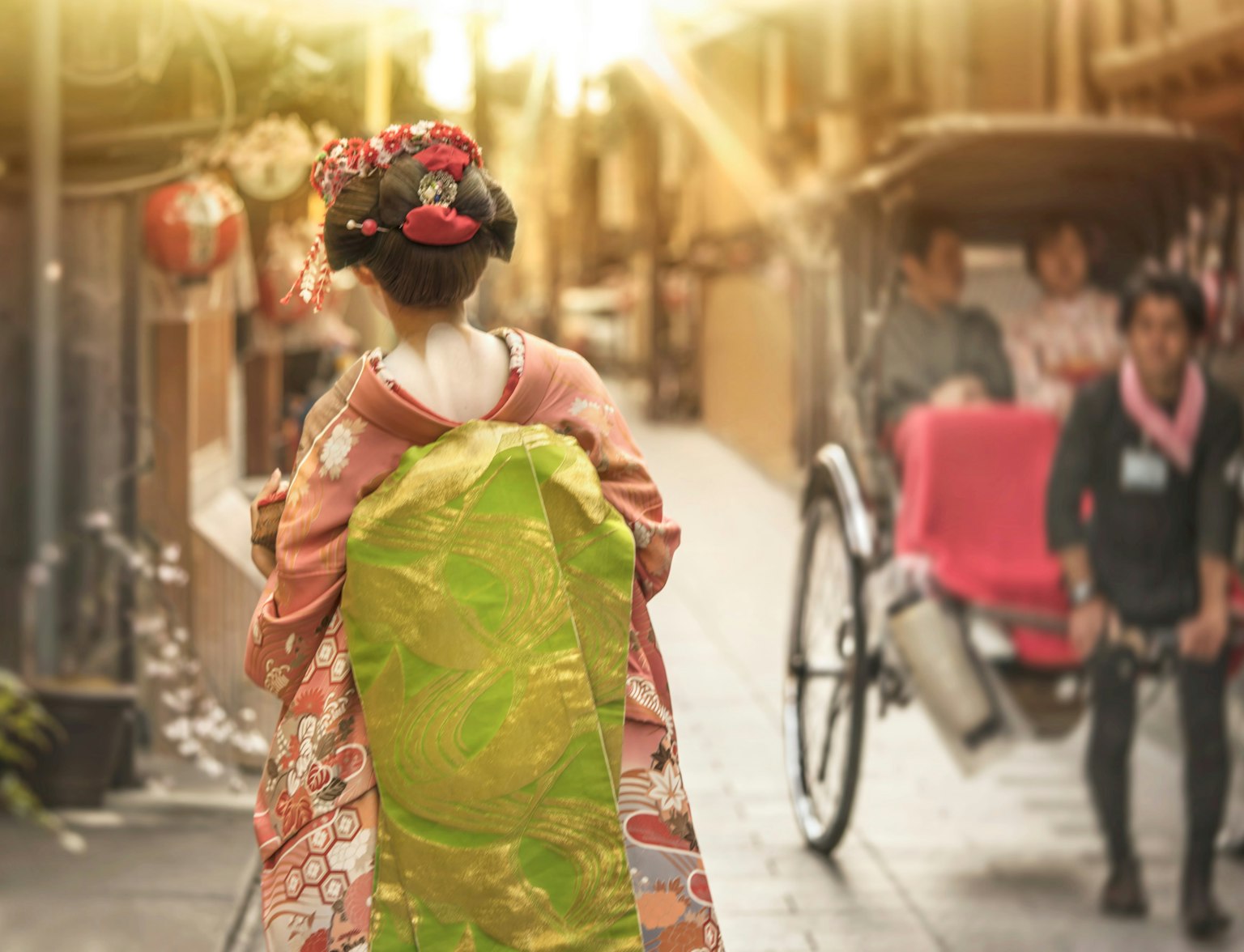
Embark on a captivating Higashiyama rickshaw tour and discover the timeless beauty of old Kyoto.
How to Get to Higashiyama
Higashiyama is conveniently located and easy to access from various parts of Kyoto. Here are some ways to get there:
By Subway: Take the Tozai Line and get off at Higashiyama Station. From the station, you can walk to many of the district’s key attractions within 10-15 minutes.
By Bus: Kyoto’s bus system is reliable and well-connected. Bus #100 or #206 will take you close to Higashiyama’s main sites, such as Kiyomizu-dera and Yasaka Shrine.
By Taxi: Taxis are widely available in Kyoto and offer a convenient way to reach Higashiyama, especially if you’re traveling in a group or with luggage.
On Foot: Walking to Higashiyama is a great option if you’re staying near Gion or central Kyoto. The walk itself is scenic and allows you to explore charming streets along the way.
Must-Visit Attractions in Higashiyama
Kiyomizudera Temple
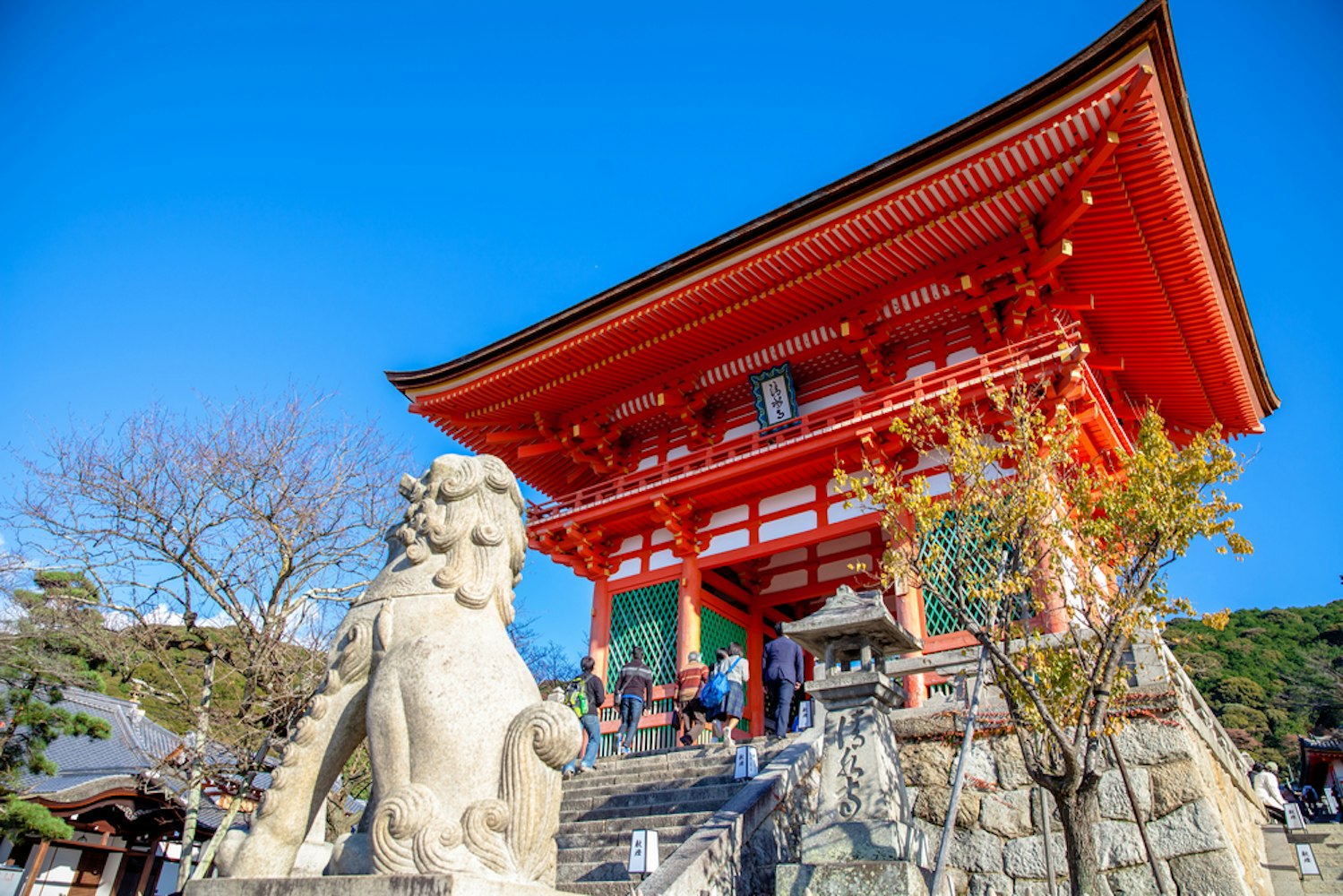
Kiyomizudera Temple, also known as the "Pure Water Temple," is an iconic symbol of Kyoto. It is famous for its wooden stage that offers breathtaking panoramic views of the city and the cherry blossoms during spring.
The temple's main hall, built without nails, is a testament to ancient Japanese craftsmanship. Explore the temple's various halls and pagodas, and don't miss the Otawa Waterfall, where visitors can drink from three different streams believed to bring health, longevity, and success.
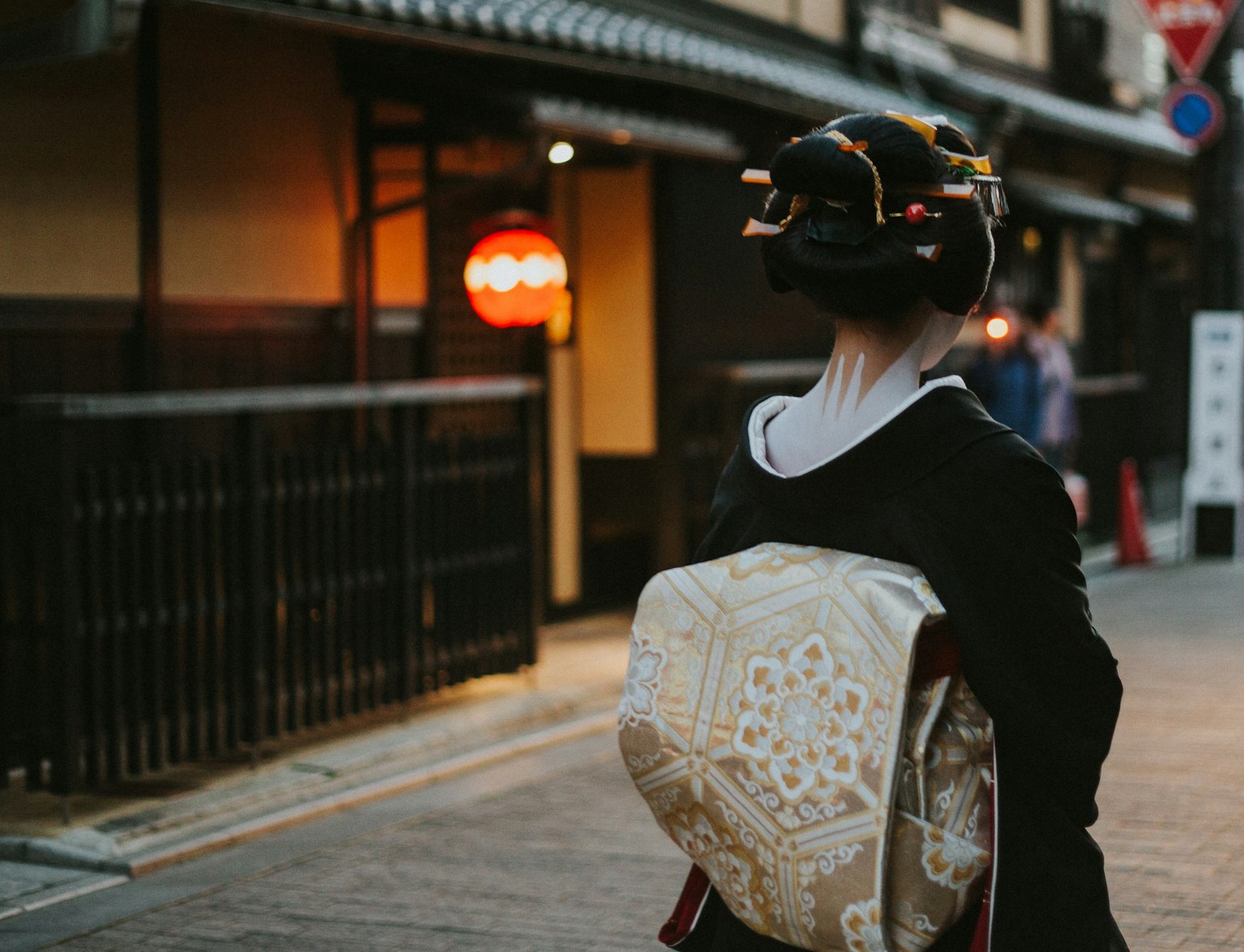
Take in the breathtaking view of Kyoto from Kiyomizu-dera temple's terrace.
Heian Shrine

Heian Shrine, also known as Heian Jingu, is a revered Shinto shrine in Kyoto, Japan, celebrated for its historical and cultural significance. The shrine's striking features include its iconic large red torii gates, expansive gardens offering peaceful walks and housing a replica of the Chodo-in, ornate and vibrant architecture, and a seemingly floating bridge.
Notably, Heian Shrine is a meticulously crafted 5:8 scale replica of a key part of Heiankyo, the ancient imperial capital of Japan, including elements reminiscent of the imperial palace. It was constructed to commemorate Kyoto's 1,100th anniversary as the nation's capital. This shrine is a harmonious blend of spirituality, historical tribute, and architectural splendor, making it a must-visit tourist destination and a cherished site for locals in Kyoto.
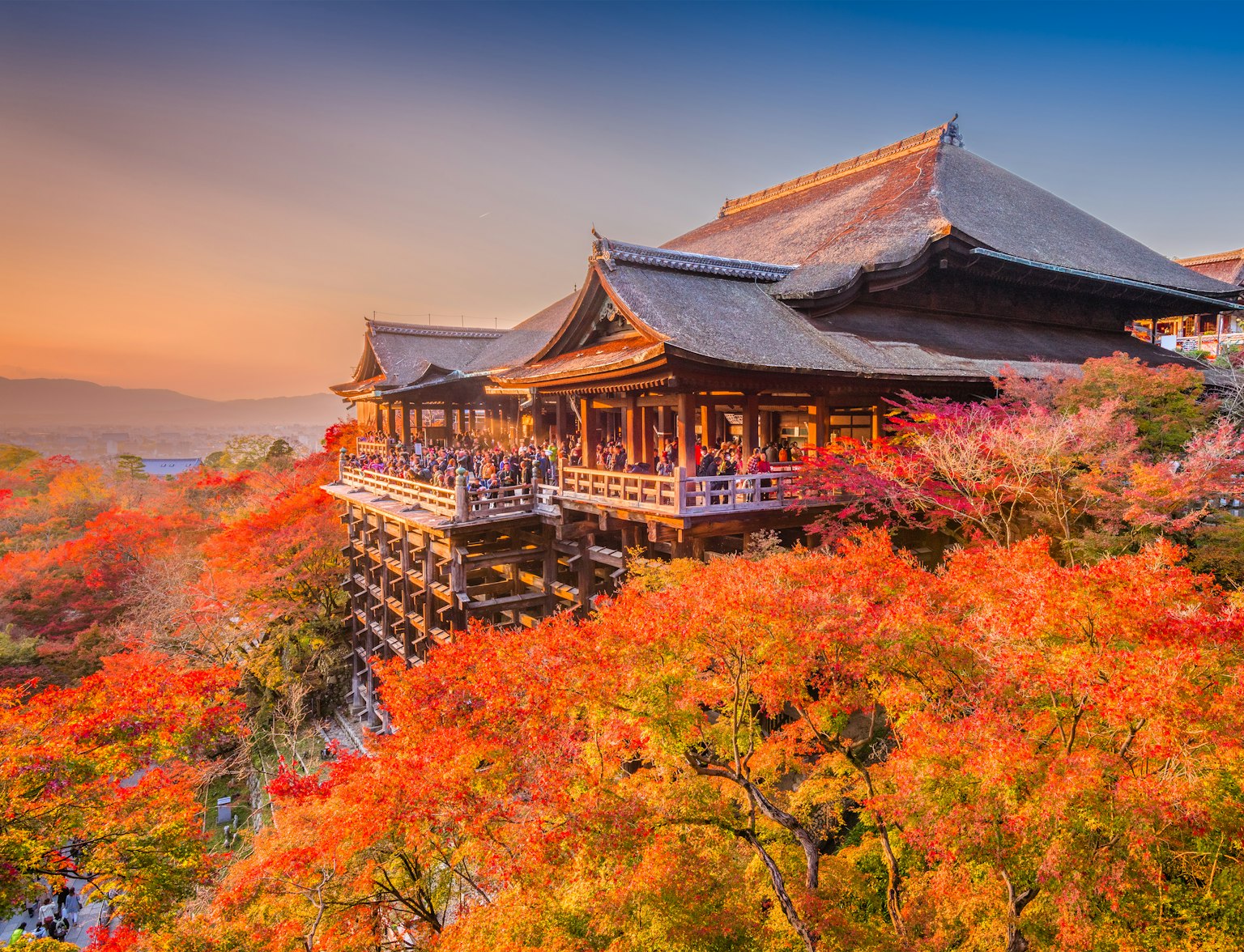
Explore the sacred grounds of Heian-jingu Shrine.
Yasaka Pagoda
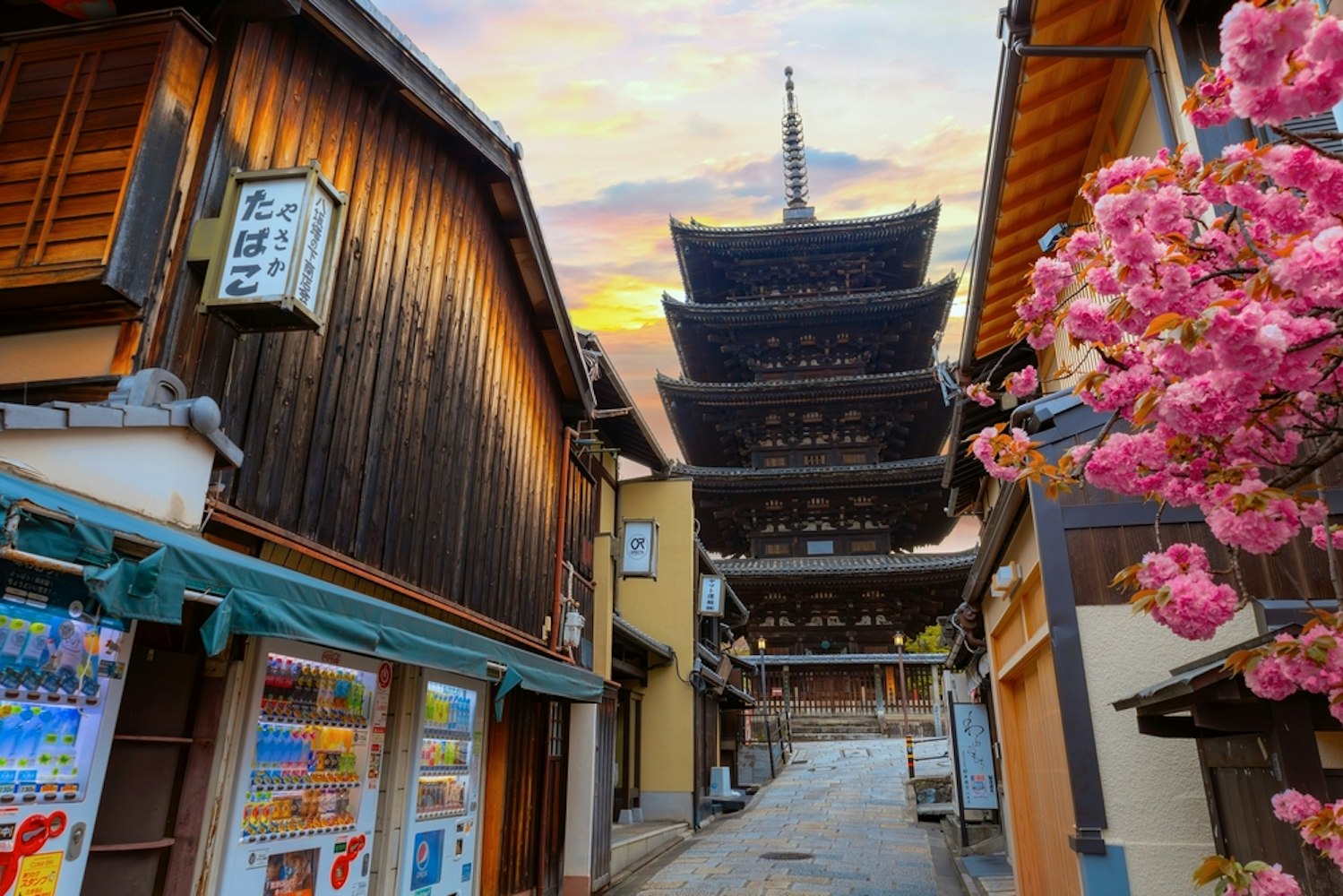
The Yasaka Pagoda, also known as the Tower of Yasaka, is a five-story Buddhist pagoda located in Higashiyama-ku, Kyoto, Japan. It is the sole remaining structure of the 6th-century Hōkan Temple complex.
Its precise establishment date, dating back to the 7th century, remains a topic of debate but is generally believed to have occurred during the reign of Prince Shotoku or in the sixth year of the Tenmu period (678 CE).
Over the centuries, it has been destroyed and rebuilt multiple times, with the current pagoda dating to 1408.
Historically, control of the pagoda was disputed between the nearby Shinto Gion Shrine and the Buddhist temple of Kiyomizu-dera. It was reconstructed in 1191 with the support of Minamoto no Yoritomo and affiliated with Zen Buddhism in 1240 by the head priest of Kennin-ji temple.
Today, the Yasaka Pagoda is a cherished historical and cultural landmark in Kyoto.
Maruyama Park
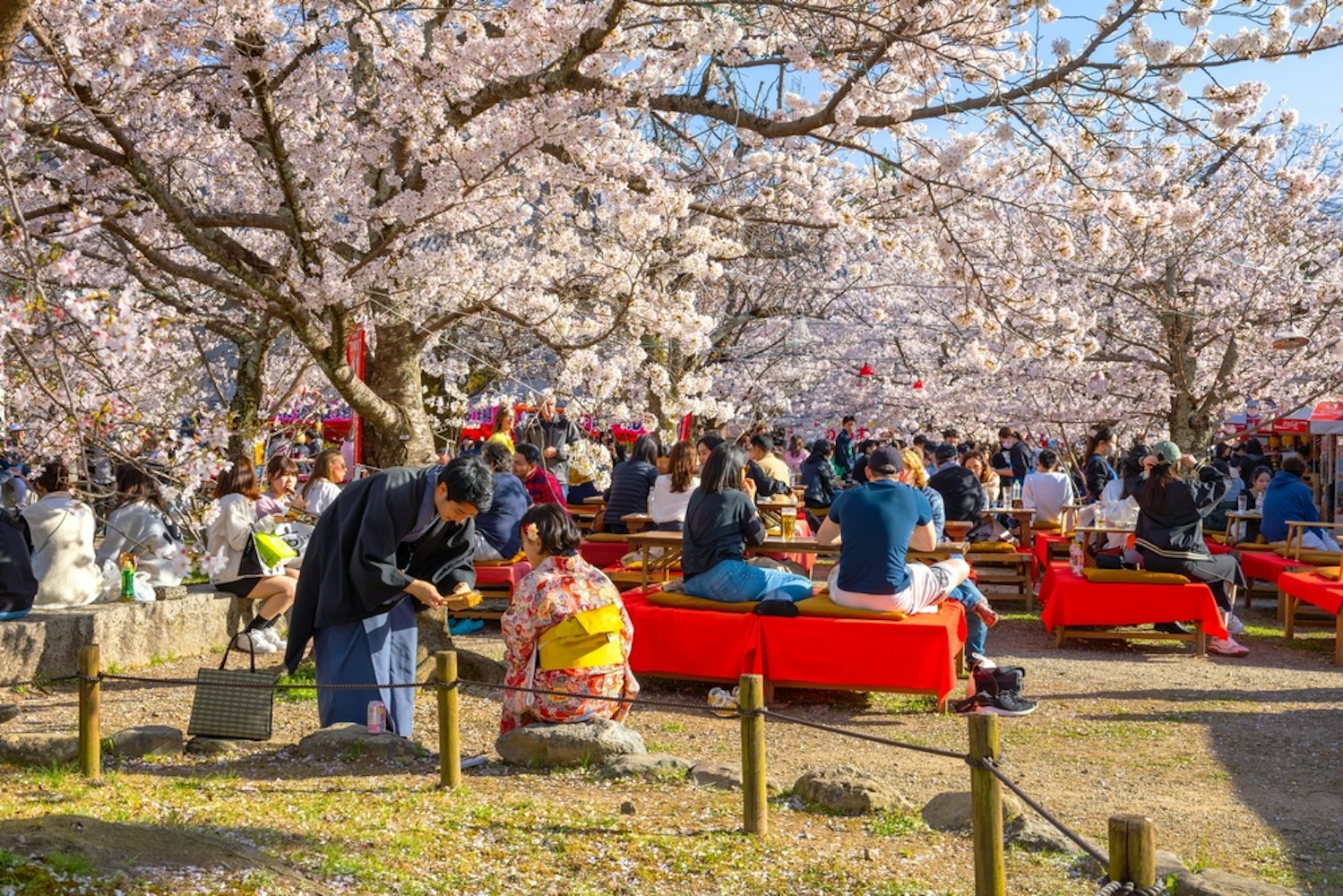
Maruyama Park, Kyoto's oldest public park, is adjacent to Yasaka Shrine. It's a cherished spot for visitors, especially during the first half of April when the cherry blossoms are in full bloom.
During this time, Maruyama Park transforms into Kyoto's most popular and bustling cherry blossom viewing destination. Known for its magnificent weeping cherry blossom tree, which is beautifully illuminated at night, the park is a prime location for witnessing the enchanting cherry blossoms.
Visiting during the cherry blossom season or New Year's Eve celebrations can be quite crowded, but the experience is well worth it if you're in the area. Beyond cherry blossoms, the park offers a serene escape with gardens, orchards, small rest houses, and even restaurants.
It's an ideal place to relax, reflect, or spend a few hours during the day. Plus, being adjacent to Yasaka Shrine, a stunning Shinto shrine, adds to the cultural and historical richness of the surroundings. Maruyama Park is undoubtedly a must-visit destination in Kyoto.
Yasaka Shrine
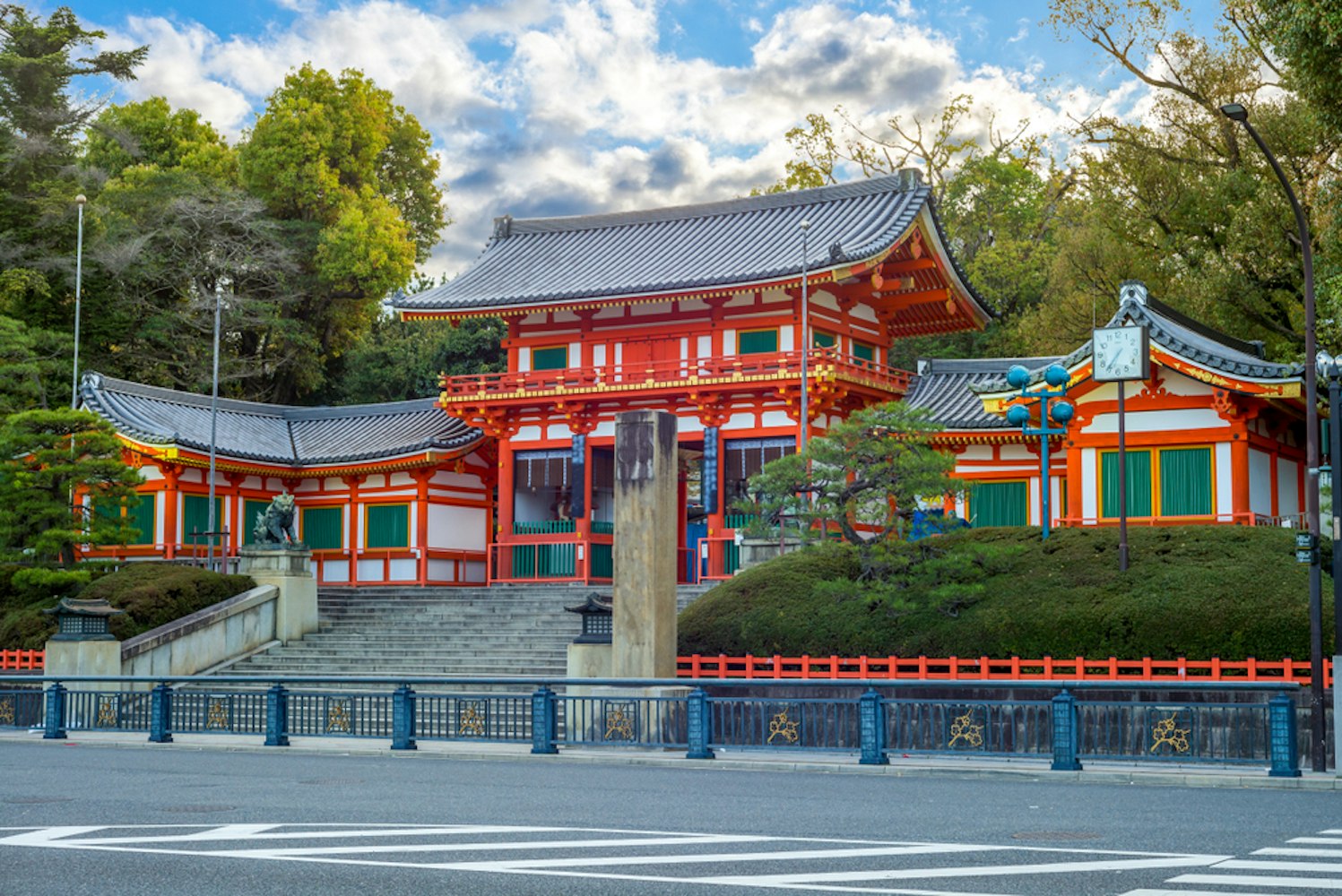
Yasaka Shrine, also known as Gion Shrine, is one of Kyoto’s most revered Shinto shrines and has been a significant spiritual hub for over 1,350 years. Located at the intersection of Higashiyama and Gion, its vibrant vermillion gates welcome visitors to a sacred space steeped in history and tradition.
One of the most striking features of Yasaka Shrine is its hundreds of lanterns, each bearing the names of local businesses that sponsor the shrine. These lanterns are lit every evening, creating a magical and ethereal atmosphere that captivates visitors.
Yasaka Shrine is particularly lively during festivals, with its iconic setting serving as the heart of the annual Gion Matsuri, one of Japan’s most famous and oldest festivals, dating back to the 9th century. The festival’s grand processions and elaborate floats are a tribute to Kyoto’s rich cultural heritage.

See Yasaka Shrine along the way.
Kodaiji Temple
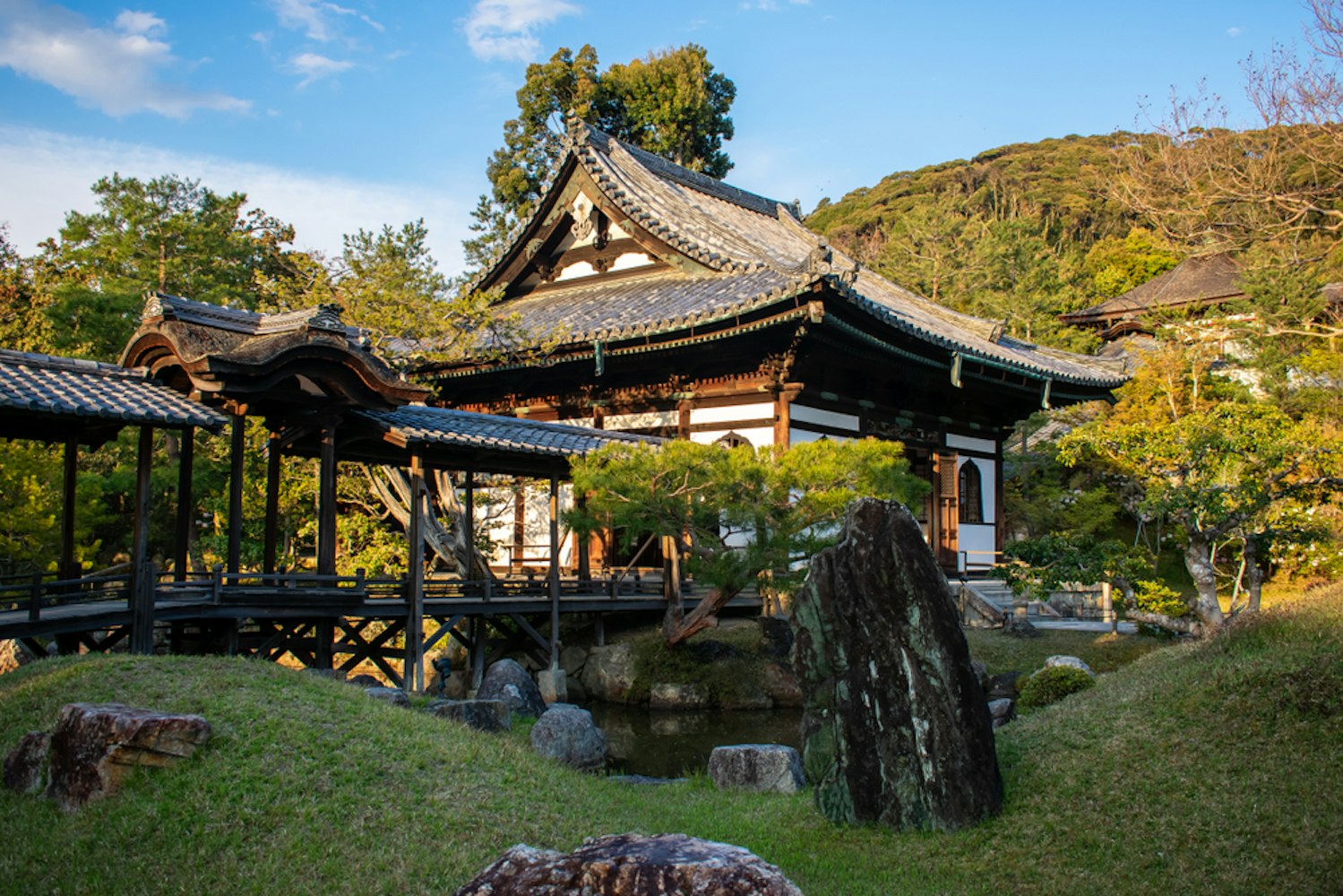
Kodai-ji Temple, nestled in the heart of Higashiyama, is a sanctuary of tranquility and artistry. Established in 1606 by Kita-no-Mandokoro in memory of her late husband, Toyotomi Hideyoshi, the temple is a profound example of the blending of history, nature, and spiritual reverence.
The Zen gardens of Kodai-ji are meticulously designed to inspire peace and introspection. One of the highlights is the karesansui (dry landscape) garden, which features carefully raked gravel and strategically placed stones, embodying simplicity and balance.
Shogunzuka Mound
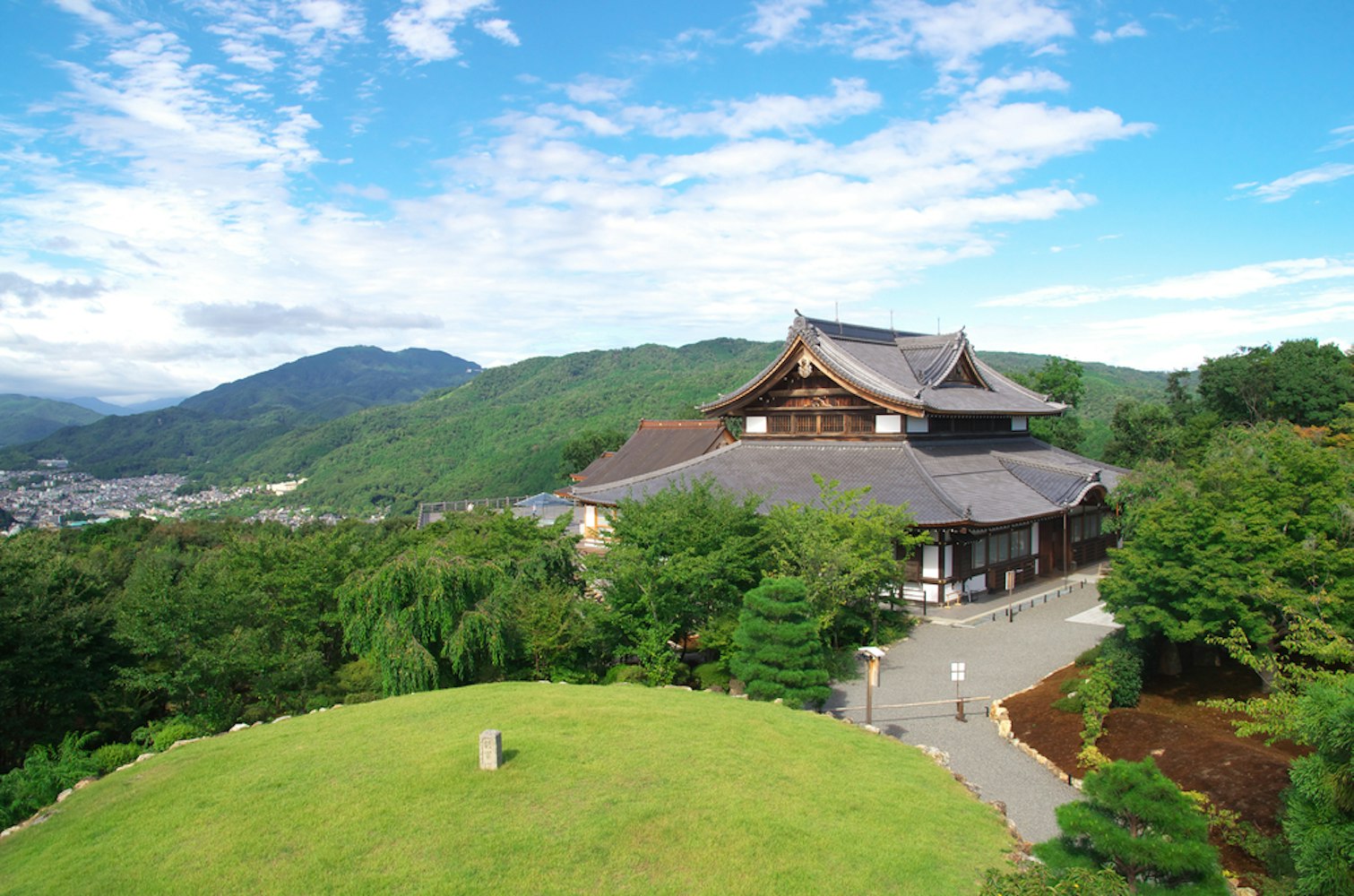
Located on Mount Higashiyama, Shogunzuka Mound is a place steeped in history. It's believed to be the very spot where Emperor Kammu decided to establish Kyoto as a new capital city in the 8th century.
As part of this significant history, Emperor Kammu buried a statue of a Shogun (a general) in the mound and prayed for lasting peace in the capital. Today, Shogunzuka Mound connects to the past and breathtaking hilltop views of Kyoto.
The observation decks provide a stunning vantage point, especially during sunset when the city is bathed in a warm, golden light. Additionally, in the vicinity, you'll find Shogunzuka Seiryu-den Temple, a place of further cultural significance, open daily from 9 a.m. to 5 p.m. It's a beautiful spot with a rich history and magnificent natural surroundings.
Gion District
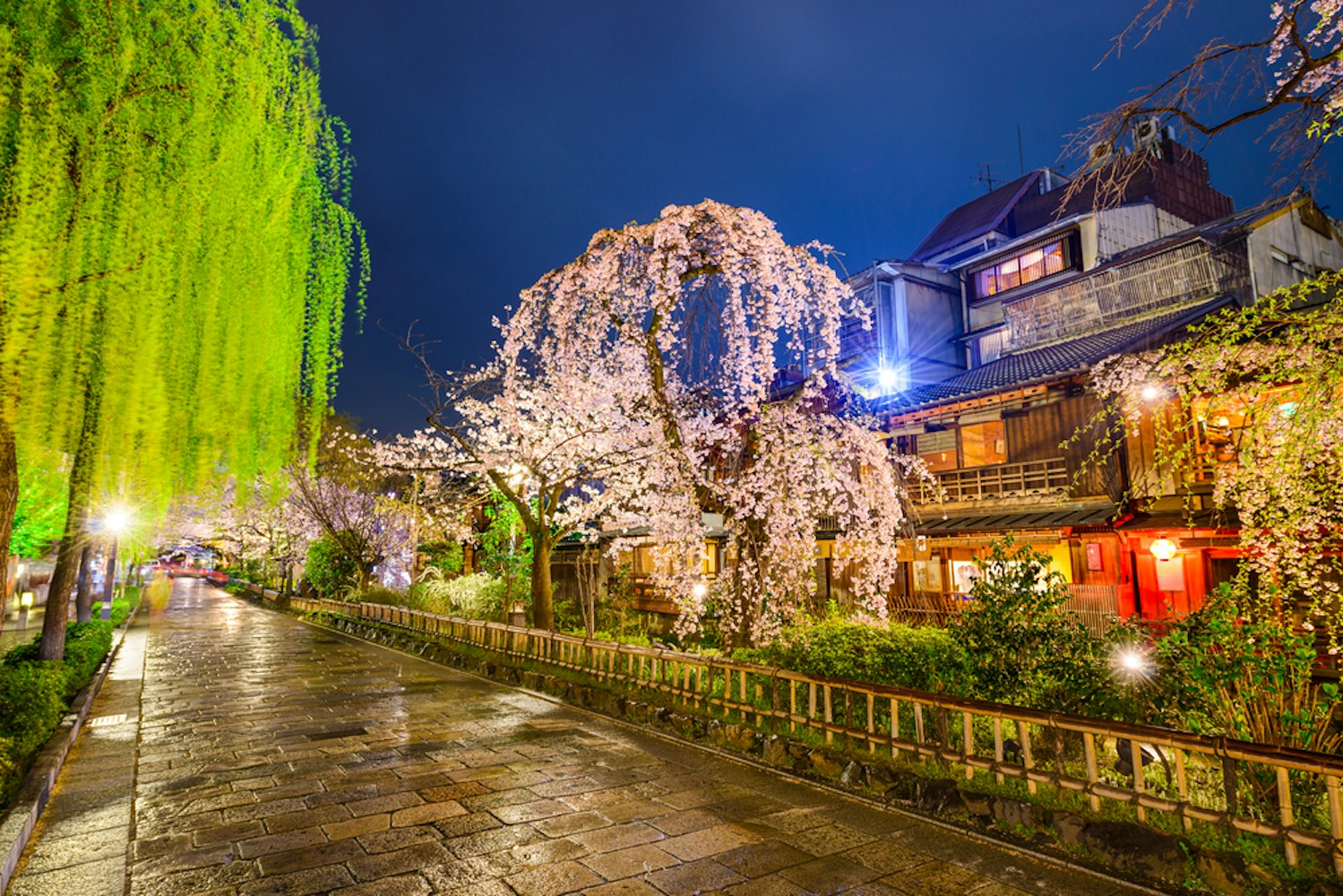
Gion, Kyoto's famous geisha district, is a historic area between the Yasaka Shrine and the serene Kamo River along Shijo Avenue. Originally established during the Sengoku period to cater to shrine visitors, Gion is now a bustling hub filled with shops, restaurants, and teahouses where geiko (geisha) and maiko (geiko apprentices) entertain.
Traditional Japanese culture shines here with geisha dances and Kabuki performances. Accessible by bus, taxi, or subway from Kyoto Station, Gion is a captivating destination where Kyoto's rich heritage comes to life.
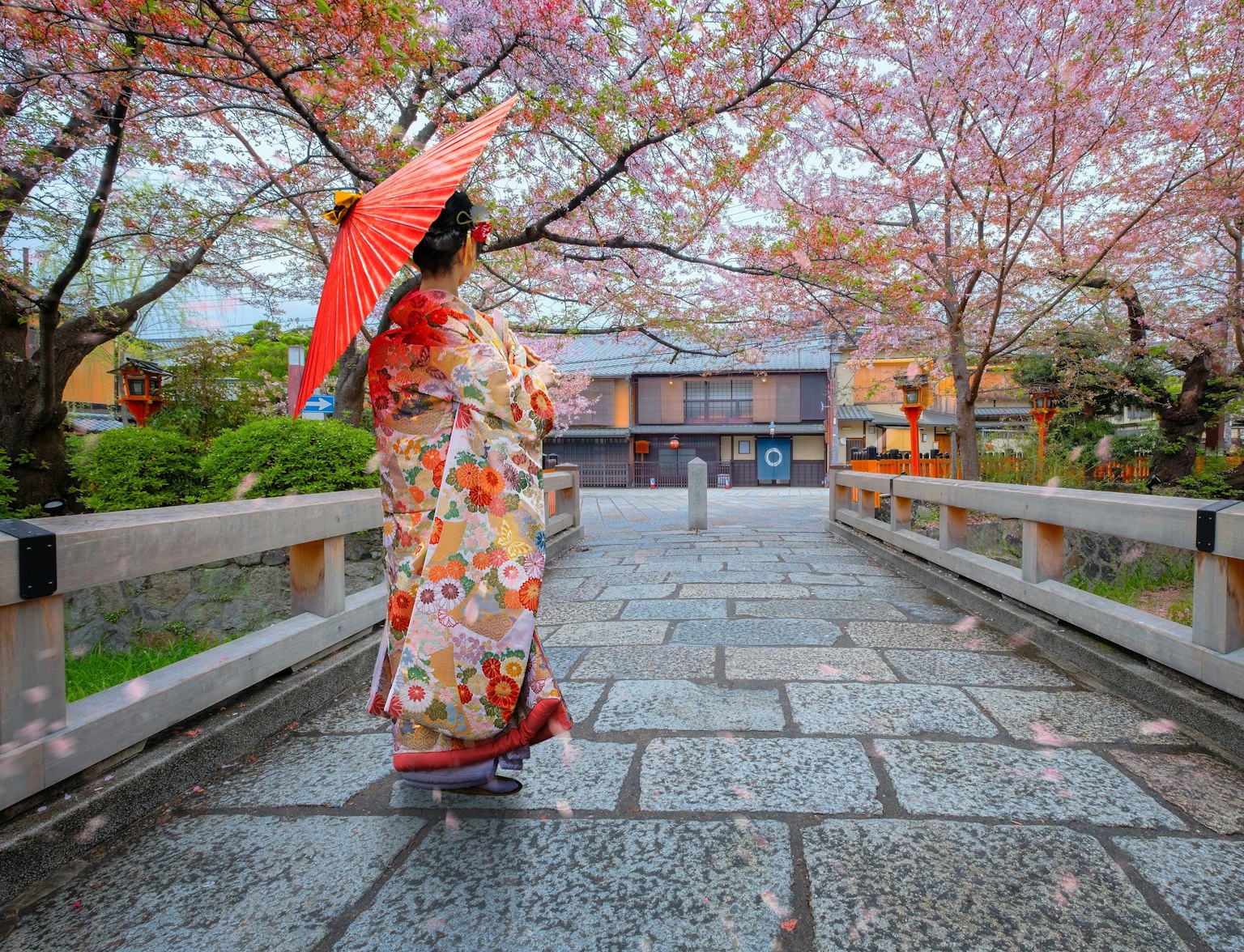
Experience the enchanting world of Gion, Kyoto's historic geisha district.
The Philosopher's Path
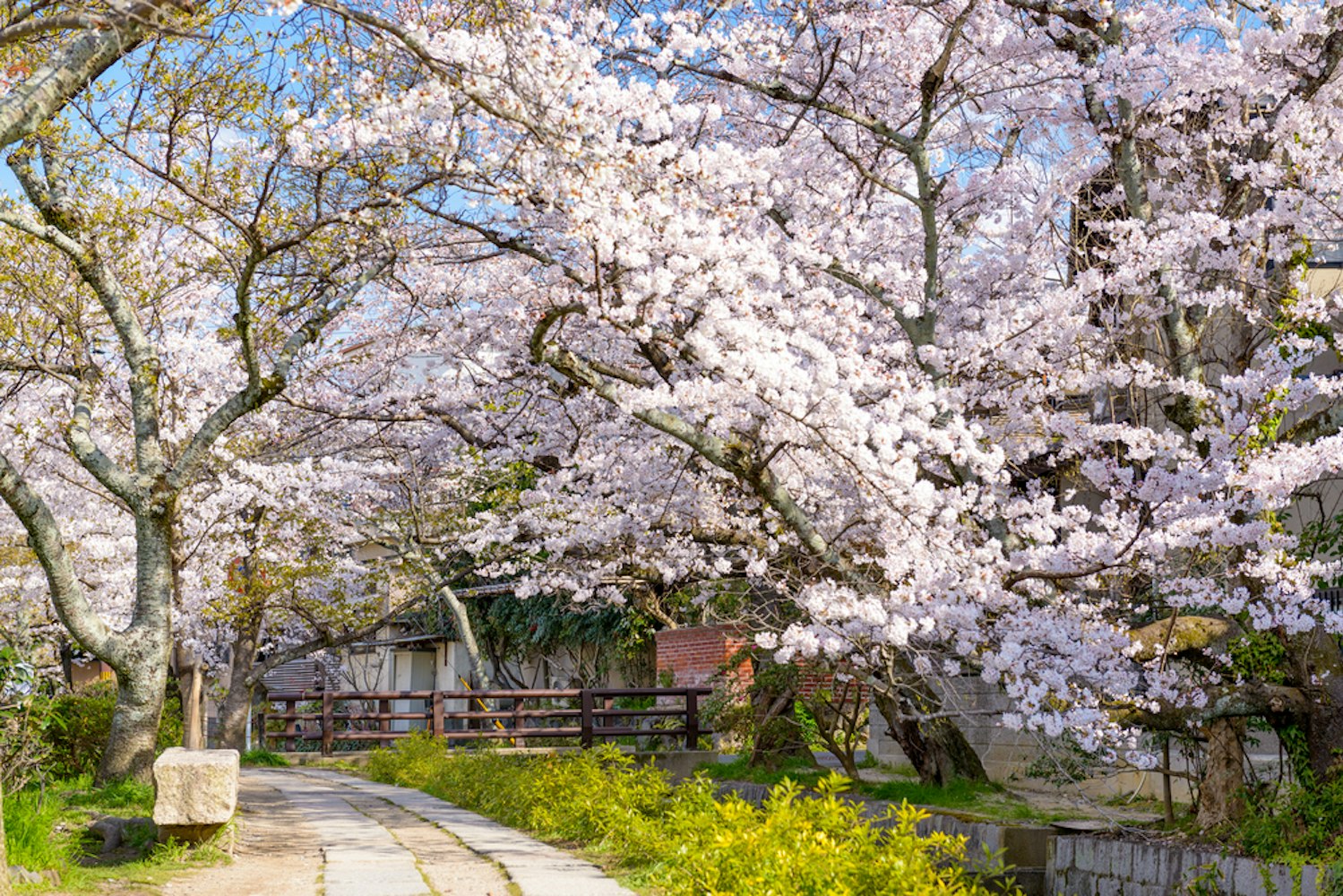
The Philosopher's Path, or Tetsugaku no Michi in Japanese, is a charming stone walkway in Kyoto, Japan, between the Ginkaku-ji and Nanzen-ji temples in the Higashiyama district. Named after the 20th-century Japanese philosopher Nishida Kitaro, who meditated along this route during his commute to Kyoto University, it's a serene spot.
The path runs alongside a shallow irrigation canal fed by the Lake Biwa Canal and is adorned with cherry trees and temples, making it a popular trail for tourists. It's an ideal place for a peaceful stroll, offering insights into Kyoto's cultural heritage.
The Philosopher's Path is beautifully illuminated at night, creating a magical atmosphere. It's worth visiting year-round, with each season showcasing its unique charm. While spring draws the most crowds due to cherry blossoms, every season has its own appeal.
The Silver Pavilion
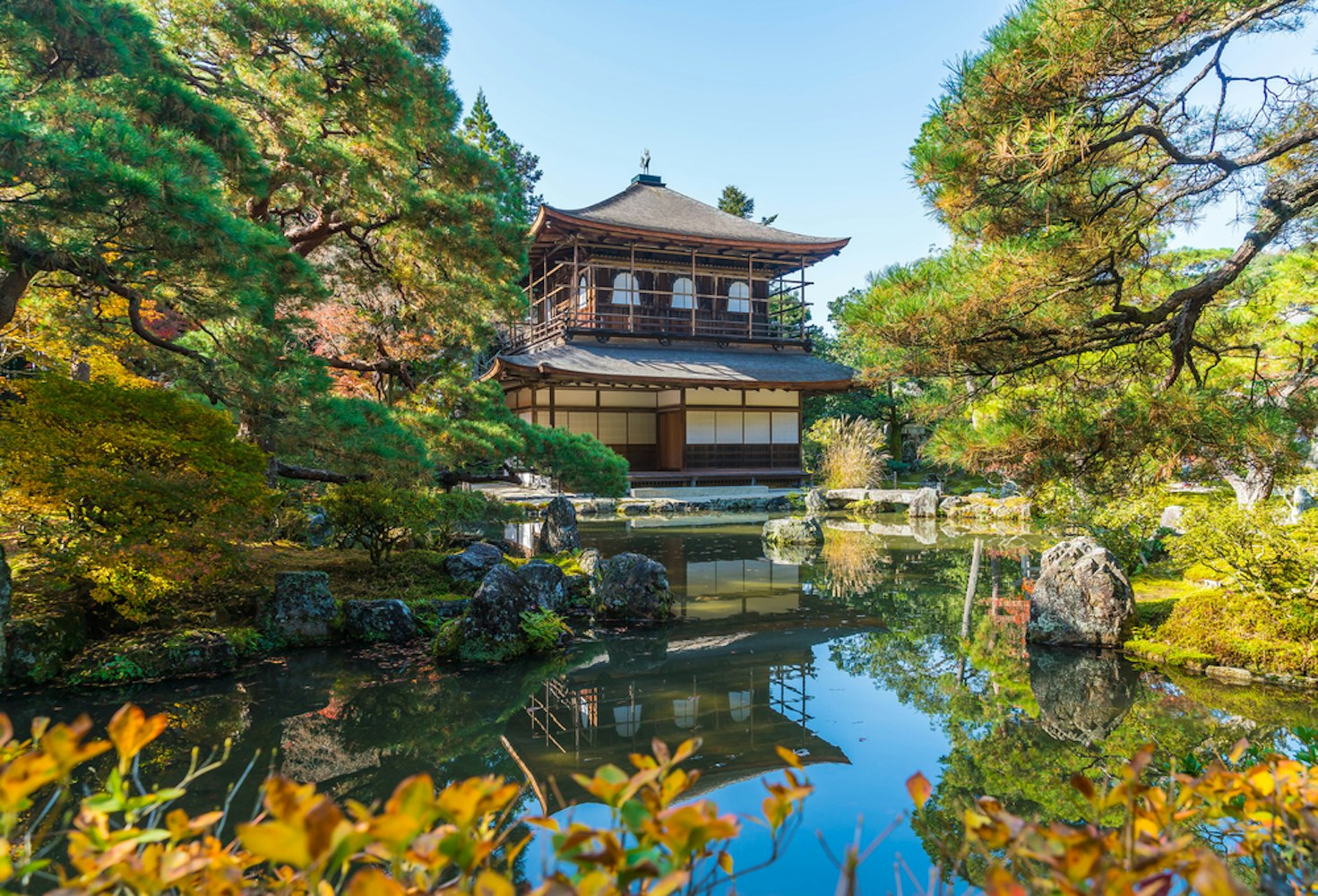
Located in eastern Kyoto, the Silver Pavilion, also known as Ginkakuji, is a graceful Zen temple distinguished by its impressive temple structures and lovely gardens. Originally built in 1482 as a retirement villa for Shogun Ashikaga Yoshimasa, it was designed to emulate the Golden Pavilion, which had been constructed for his grandfather.
The central two-story pavilion, officially named the Kannon Hall, is devoted to Kannon, the Buddhist goddess of mercy. You'll find several other temples and two exquisite gardens within the temple grounds, including the renowned 'Sea of Silver Sand' garden.
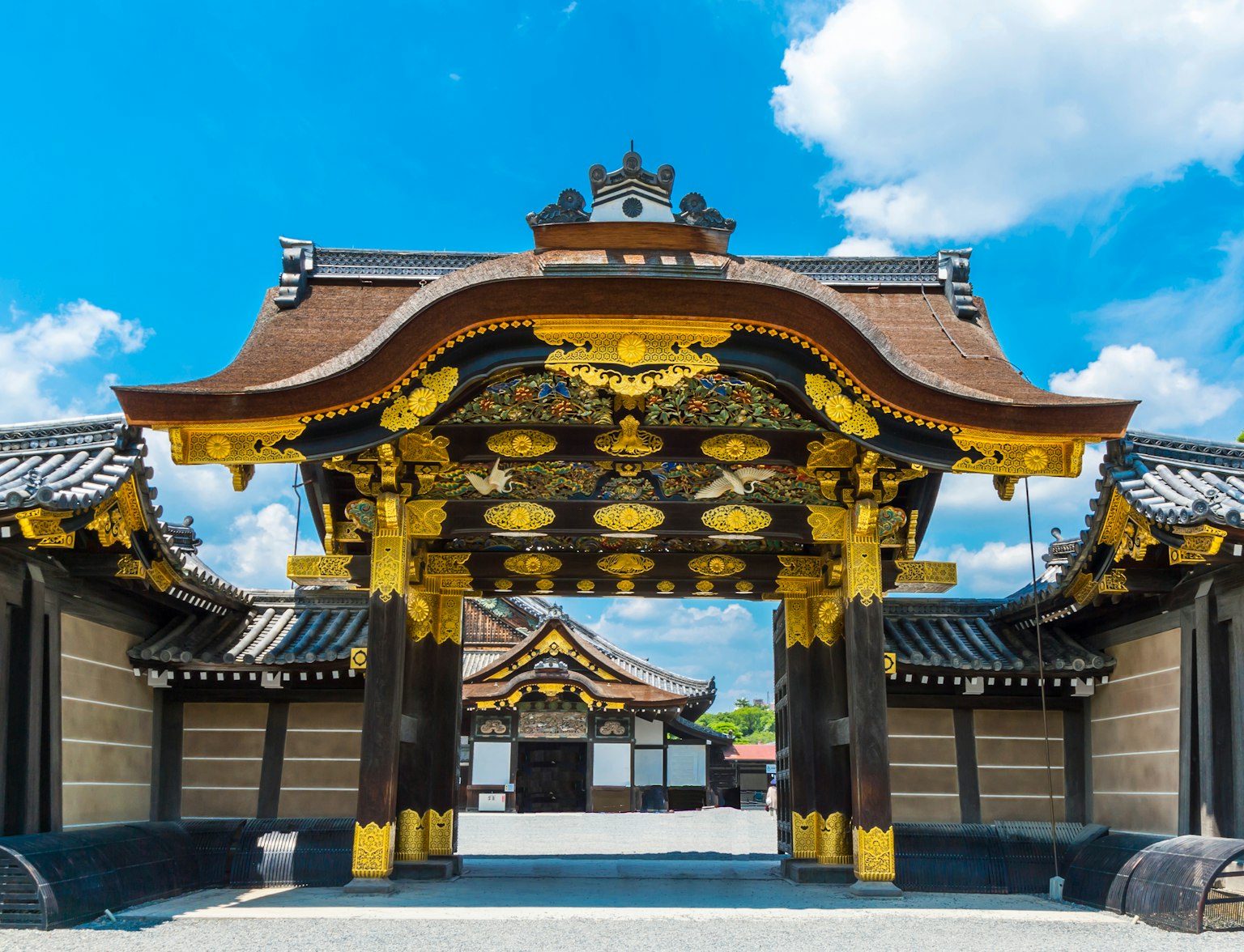
Visit Ginkakuji with this tour.
Kyoto National Museum
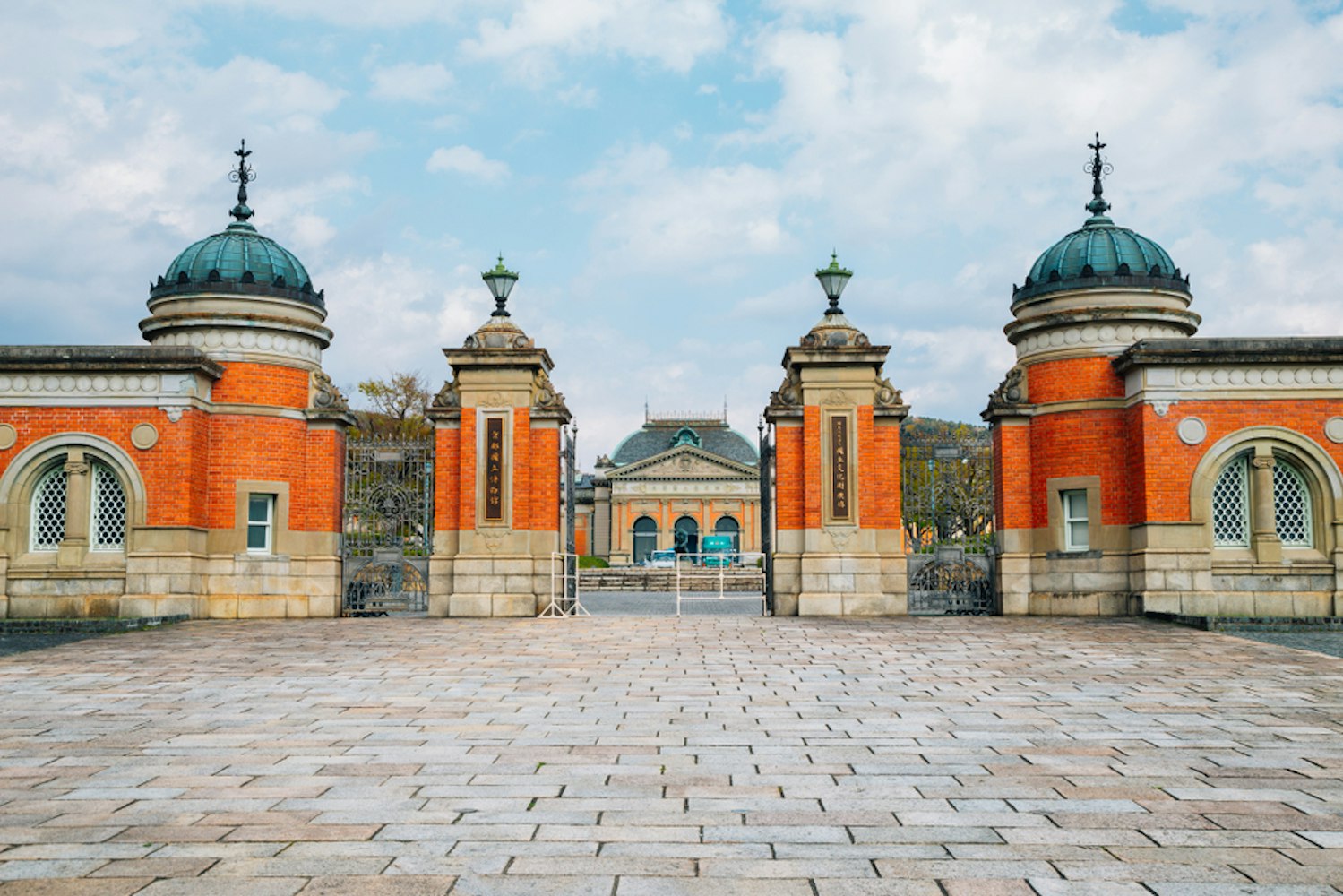
Founded in 1897, Kyoto National Museum, located in Higashiyama, is one of Japan's premier art institutions. As one of only four national museums, it significantly preserves Japan's artistic heritage.
Housed in a historic Meiji Period building, the museum boasts a remarkable permanent collection spanning various Japanese art periods. Visiting the Kyoto National Museum is a must for art enthusiasts exploring Higashiyama.
Its galleries provide a captivating journey through Japan's art history, featuring diverse masterpieces from different eras and genres. Additionally, the museum hosts engaging special exhibitions that offer fresh insights into Japan's cultural legacy.
Higashiyama Hanatoro
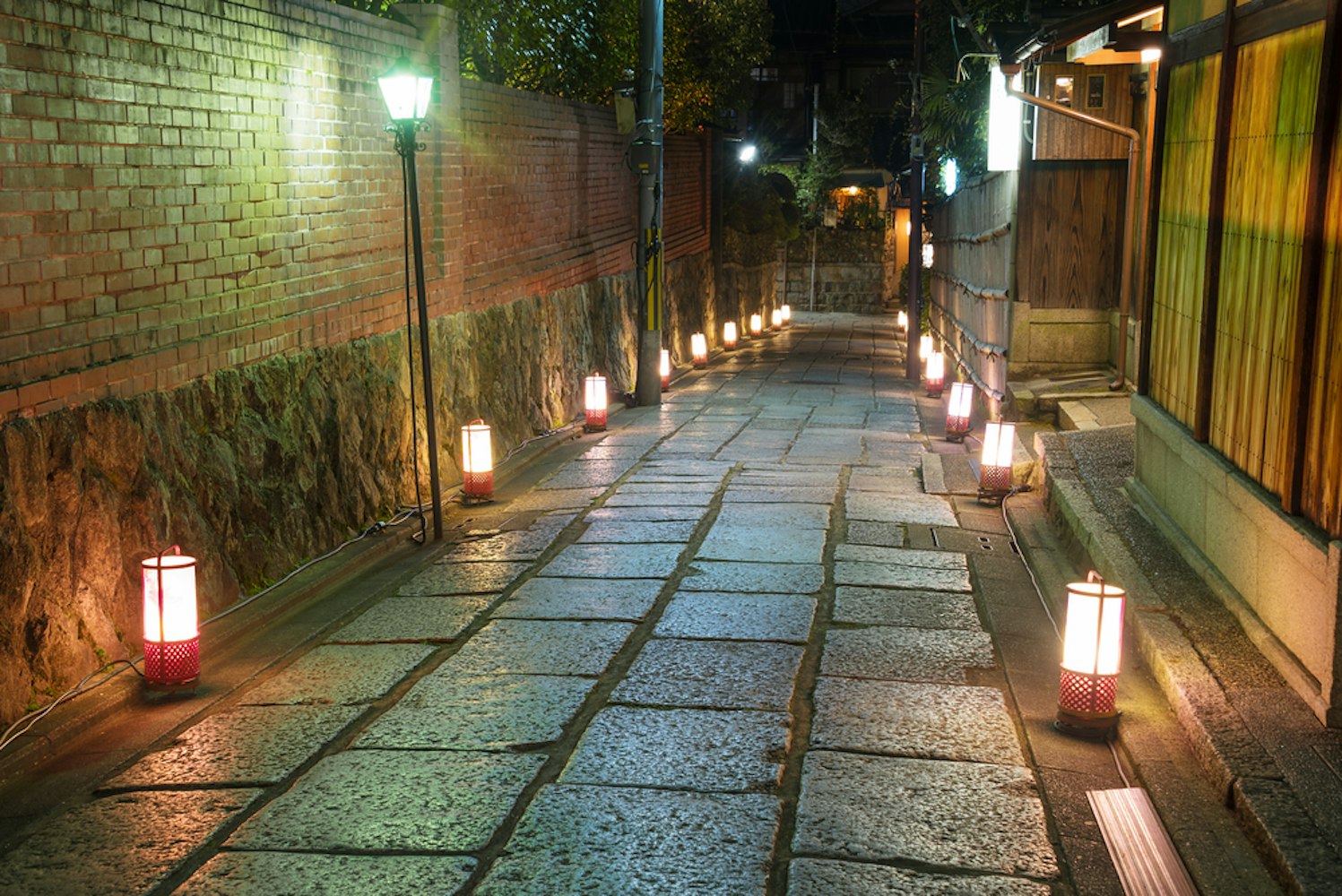
Higashiyama Hanatoro, held in Kyoto, Japan, during early to mid-March, is a captivating light-up event. "Hanatoro" translates to the "road of flower and light."
Thousands of lanterns gracefully light up the streets' public art installations and numerous temples and shrines, creating a mesmerizing ambiance. Beyond the illuminations, Hanatoro offers live and street performances, and some of the region's most renowned landmarks, including Kodai-ji Temple and Hokan-ji Temple, dazzle visitors with seasonal light displays.
Originally conceived to attract tourists during the off-season, Hanatoro has become a beloved annual tradition.
Instagram-Worthy Photo Spots in Higashiyama
Kiyomizu-dera’s Stage: Capture sweeping panoramic views of Kyoto from the iconic wooden stage of Kiyomizu-dera Temple, especially stunning during cherry blossom season and autumn.
Sannenzaka and Ninenzaka: These historic streets are perfect for photos with their traditional wooden buildings, cobblestone paths, and quaint tea houses.
Maruyama Park: Known for its large weeping cherry tree, this park becomes a haven for photographers during spring’s cherry blossom season.
Hokan-ji Temple (Yasaka Pagoda): One of the most iconic views in Kyoto, the Yasaka Pagoda framed by traditional streets offers a timeless Kyoto scene.
Traditional Tea Houses: Step inside or capture the atmospheric exteriors of Higashiyama’s tea houses, which often feature hanging lanterns and sliding shoji doors.
Where to Eat in Higashiyama
Kyoto-Style Kaiseki
Kyoto is famous for kaiseki, a traditional multi-course Japanese meal that highlights seasonal ingredients and delicate preparation. In Higashiyama, you’ll find several restaurants offering kaiseki dining experiences.
Each dish in a kaiseki meal is meticulously crafted, often looking like a piece of art. Popular kaiseki spots in Higashiyama include fine dining establishments tucked into historic buildings, providing both exquisite food and an immersive cultural experience.
Yatsuhashi: Kyoto’s Famous Sweet Treat
Yatsuhashi is one of Kyoto’s most iconic confections, made from glutinous rice flour, sugar, and cinnamon. In Higashiyama, you can try both the baked version, which has a crispy texture, and the raw version (nama yatsuhashi), which is soft and often filled with sweet red bean paste.
Many shops along Sannenzaka and Ninenzaka offer freshly made yatsuhashi, giving visitors a chance to savor this treat straight from the source.
Matcha Delights: Green Tea Goodies Galore
Matcha lovers will be in heaven in Higashiyama, where cafes and shops offer an array of green tea treats. From creamy matcha ice cream and fluffy matcha pancakes to rich matcha lattes and parfaits, the variety is endless.
Many places also serve traditional matcha alongside wagashi (Japanese sweets), offering a classic tea ceremony-like experience.
Street Food Gems: Quick Bites in Higashiyama
As you explore Higashiyama’s bustling streets, you’ll come across plenty of street food vendors. Popular choices include taiyaki (fish-shaped cakes filled with sweet red bean or custard), grilled rice crackers, and skewers of dango (sweet glutinous rice dumplings glazed with soy sauce). These quick bites are perfect for enjoying on the go as you wander through the historic district.
Tips on Visiting in Higashiyama District
Start Early to Avoid Crowds
Wear Comfortable Shoes for Walking
Plan Your Route for Efficiency
Explore Charming Side Streets
Show Respect in Religious Sites
Enjoy Local Sweets and Tea
Allocate Time for Shopping
Capture Beautiful Views
Stay Hydrated and Rest When Needed
Consider Guided Tours for Insights
Final Thoughts on Higashiyama
Higashiyama is more than just a district; it’s a journey through time. Whether you’re marveling at ancient temples, savoring Kyoto’s culinary delights, or simply wandering the charming streets, there’s something magical about this place that leaves a lasting impression.
So, when planning your Kyoto trip, set aside a day (or two!) for Higashiyama. Trust me, you’ll fall in love with its timeless beauty and rich history.
Happy exploring!



